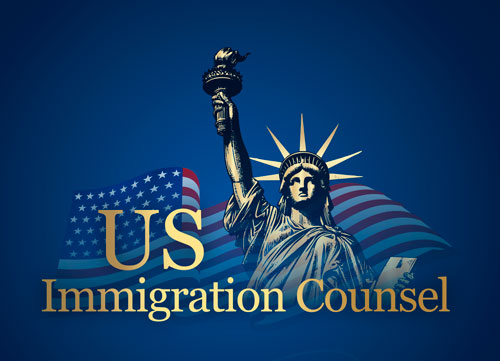H-1B Visa
The H-1B visa is a nonimmigrant, employment-based visa that allows U.S. employers to hire foreign professionals in specialty occupations. These roles typically require theoretical or technical expertise and a minimum of a bachelor’s degree or its equivalent. The H-1B visa is widely used in industries such as information technology, engineering, medicine, architecture, and science.
Who Qualifies for an H-1B Visa
To qualify for an H-1B visa, both the employer and employee must meet specific requirements.
The position must:
-
Require at least a bachelor’s degree or equivalent in a specialized field
-
Be sufficiently complex or unique to necessitate a degree
-
Be one for which the employer routinely requires such a degree
The prospective employee must:
-
Hold a U.S. bachelor’s degree or higher in the relevant field; or
-
Possess a foreign degree equivalent to a U.S. bachelor’s degree; or
-
Have an unrestricted license or certification allowing full practice of the occupation; or
-
Demonstrate a combination of education, training, and experience equivalent to the required degree
Application and Employer Role
Only U.S. employers can apply for H-1B visas on behalf of foreign workers. The process begins with the employer submitting a Labor Condition Application (LCA) to the Department of Labor. Once certified, the employer files Form I-129, Petition for a Nonimmigrant Worker, with U.S. Citizenship and Immigration Services (USCIS).
Employees cannot self-petition for an H-1B visa. The employer is responsible for all filings and must confirm that the employment meets prevailing wage and working condition standards.
Annual Cap and Selection Process
Each year, there is a numerical limit (cap) on the number of new H-1B visas available:
-
65,000 for applicants with a bachelor’s degree or equivalent
-
20,000 additional slots for those with a U.S. master’s degree or higher
Due to high demand, H-1B petitions are typically subject to a lottery system. Employers can begin filing petitions up to six months before the employment start date.
Visa Duration and Extensions
An initial H-1B visa is granted for up to three years. It can be extended for a total stay of up to six years. In some cases, further extensions are available for those in the process of applying for employment-based permanent residency.
The H-1B is classified as a dual intent visa, meaning holders are permitted to pursue a green card without affecting their nonimmigrant status.
Dependents and Family
Spouses and unmarried children under 21 of H-1B visa holders may enter the U.S. under the H-4 dependent visa category. H-4 visa holders can remain in the U.S. for the same period as the H-1B principal, and may study, obtain a driver’s license, and open a bank account. In certain cases, H-4 spouses may apply for work authorization if the principal H-1B holder is on track for permanent residency.
Visa Denial and Reapplication
If an H-1B visa is denied or expires without extension, the individual must depart the U.S. After a one-year absence, they may reapply for a new H-1B or seek an alternative visa, such as the L-1 or TN visa, depending on eligibility.
Alternatives to the H-1B Visa
Applicants who do not qualify or are not selected in the H-1B cap may consider other visa options:
-
L-1 Visa: For intracompany transfers from a foreign branch to a U.S. office
-
H-2B Visa: For temporary non-agricultural work
-
TN Visa: For eligible Canadian and Mexican professionals under the USMCA agreement
Each alternative has distinct qualifications and application processes.
Key Considerations
-
H-1B visa holders may pursue permanent residency through employment-based petitions
-
Employers must comply with strict regulatory requirements regarding wages and conditions
-
USCIS may require additional documentation or evidence during the petition review
Given the competitive and highly regulated nature of the H-1B visa, careful preparation and understanding of all eligibility and filing requirements are essential.

